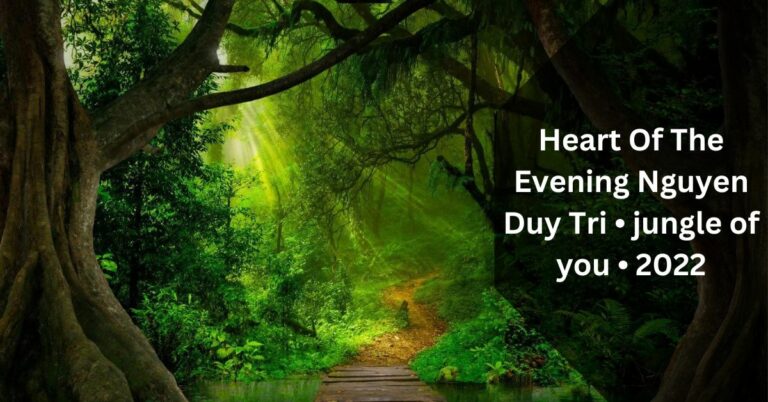The Grant Chestnut tree, scientifically known as Castanea dentata, is a majestic species that once dominated the forests of eastern North America. However, due to the devastating effects of the chestnut blight, these trees have become rare sights in the wild.
In this article, we delve into the world of the Grant Chestnut, exploring its characteristics, history, ecological significance, and efforts towards conservation.
The Grant Chestnut Tree: Origins and Characteristics:
The Grant Chestnut tree, a cultivar of the American chestnut, possesses remarkable characteristics that have long fascinated botanists and nature enthusiasts alike.
Renowned for its towering height, reaching up to 100 feet, and its distinctive bark marked by deep furrows, the Grant Chestnut stands as a testament to the grandeur of North American forests.
Its leaves, with their serrated edges and glossy green hue, provide a picturesque backdrop during the spring and summer months. Moreover, the tree bears edible nuts encased in spiky husks, which have historically been a vital food source for both wildlife and humans.
History and Decline:
Tragically, the Grant Chestnut tree’s story is marred by the introduction of an insidious fungal pathogen known as the chestnut blight (Cryphonectria parasitica) in the early 20th century. Originating from Asia, this relentless disease swept through North American forests with devastating speed, decimating the once-abundant chestnut population.
The Grant Chestnut, like its wild counterparts, fell victim to this epidemic, leading to a rapid decline in its numbers. By the mid-20th century, the majestic forests that once teemed with towering chestnut trees were reduced to mere shadows of their former selves.
Ecological Significance and Conservation Efforts:
Despite the profound ecological impact of the chestnut blight, efforts to preserve and restore the Grant Chestnut tree have persisted. Conservationists and researchers have dedicated themselves to developing blight-resistant cultivars through breeding programs and genetic engineering techniques.
These endeavors aim to reintroduce the Grant Chestnut and its genetic diversity back into North American forests, thereby restoring balance to ecosystems and providing habitat and sustenance for numerous wildlife species. Additionally, initiatives such as habitat restoration and public awareness campaigns seek to garner support for the conservation of this iconic species.
Habitat and Distribution:
The habitat and distribution of the Grant Chestnut tree provide essential insights into its ecological niche and geographic range.
Historically, these trees thrived in the eastern woodlands of North America, ranging from southern Maine to northern Georgia and westward to the Mississippi River.
They favored well-drained, acidic soils in mixed hardwood forests, where they formed dominant components of the canopy.
However, due to the devastation caused by the chestnut blight, their natural range has significantly contracted.
Today, efforts to reintroduce blight-resistant cultivars aim to restore the Grant Chestnut’s presence in its native habitat and expand its distribution once again.
Reproduction and Lifecycle:
Understanding the reproduction and lifecycle of the Grant Chestnut tree is crucial for conservation efforts and ecosystem restoration. Like many hardwood species, Grant Chestnuts reproduce via sexual reproduction, with flowers borne on long catkins in the spring. These flowers are wind-pollinated, allowing for widespread fertilization within a population.
Following pollination, the tree produces spiny husks containing one to three nuts, which mature in the fall.
The nuts serve as a vital food source for wildlife and can sprout into new trees under favorable conditions.
However, the chestnut blight disrupts this lifecycle by infecting young trees and causing cankers that girdle the trunk, ultimately leading to tree death.
Read: Discover Top 6 The Best Landscape Places in The World
Cultural and Historical Significance:
The Grant Chestnut tree holds profound cultural and historical significance, particularly among indigenous peoples and early settlers of North America. Native American tribes utilized the nuts as a staple food source, grinding them into flour or roasting them for consumption.
Additionally, the wood of the chestnut tree was highly prized for its durability and workability, making it a preferred material for furniture, fence posts, and utility poles.
Moreover, the tree’s towering presence and bountiful harvests evoked a sense of abundance and prosperity in the forests of yesteryears, leaving an indelible mark on the cultural landscape of the region.
Challenges and Threats:
Despite ongoing conservation efforts, the Grant Chestnut tree faces numerous challenges and threats to its survival in the modern era. Chief among these is the continued spread of the chestnut blight, which remains a formidable adversary despite decades of research and breeding programs.
Additionally, habitat loss and fragmentation due to urbanization, agriculture, and logging further exacerbate the tree’s vulnerability.
Climate change presents another looming threat, altering temperature and precipitation patterns in ways that may affect the tree’s growth, reproduction, and susceptibility to pests and diseases.
Addressing these challenges requires a multifaceted approach that combines scientific research, habitat restoration, and public education.
Read: afternoon dream huy cuong • afternoon dream • 2021
Future Prospects and Conservation Strategies:
Looking ahead, the future prospects of the Grant Chestnut tree hinge upon the success of conservation strategies aimed at mitigating threats and restoring populations. Advances in biotechnology offer promising avenues for developing blight-resistant cultivars capable of withstanding the onslaught of fungal pathogens.
Moreover, habitat restoration efforts seek to create suitable conditions for the reintroduction and establishment of chestnut populations in their native range.
Public engagement and awareness-raising campaigns play a crucial role in garnering support for conservation initiatives and fostering a deeper appreciation for the ecological value of the Grant Chestnut tree.
By working together, we can ensure a brighter future for this iconic species and the diverse ecosystems it inhabits.
Economic and Environmental Benefits:
Exploring the economic and environmental benefits of the Grant Chestnut tree sheds light on its potential contributions to sustainable development and ecosystem services.
Historically, chestnut trees played a vital role in local economies, providing timber for construction, fuelwood for heating, and nuts for human and animal consumption.
The wood’s rot-resistant properties made it particularly valuable for outdoor applications, such as fence posts and railway ties. Furthermore, the dense canopy of chestnut forests helped regulate water cycles, reduce soil erosion, and provide habitat for diverse wildlife species.
Restoring populations of Grant Chestnut trees can thus yield economic dividends while enhancing ecological resilience and biodiversity in forest ecosystems.
Conclusion:
In conclusion, the Grant Chestnut tree stands as a symbol of resilience in the face of adversity. Despite the challenges posed by the chestnut blight, efforts to conserve and restore this majestic species continue to offer hope for its survival.
By understanding its origins, characteristics, and ecological significance, we can appreciate the invaluable role that the Grant Chestnut plays in North American forests. Through collaborative conservation efforts, we can ensure that future generations will continue to marvel at the beauty and grandeur of this iconic tree.

















+ There are no comments
Add yours